 live chat
live chat
Posted on
Tuesday, April 2 2019 is World Autism Awareness (Acceptance) Day (WAAD), as recognised by the United Nations since 2008.
Why have I swapped “awareness” for “acceptance”? Well, we know that 98% of Australians have heard of autism, and that 86% of Australians have contact with at least one autistic person. This shows Australians are aware of autism. Yet, worryingly, only 16% of autistic people/families in Australia agree that most people know how autism affects a person’s life, and worse still, only 4% of autistic people and their families agree that the wider community knows how to support autistic people. (Source: Amaze)
This means that the majority of Australians are aware of autism but we still have a long way to go to understand and accept autism and autistic people. Therefore the word “acceptance” better reflects where we are at.
The 2019 WAAD theme is “Assistive Technologies, Active Participation”
The United Nations mentions that for many autistic people, access to affordable assistive technology can reduce or even eliminate an autistic person’s barriers to equal participation in society. They note that high costs, lack of availability, lack of awareness of potential, and a lack of training in the use of assistive technology are all major barriers to accessing and using technology.
What do they mean by assistive technology? I’m going to talk through different assistive tech I use to help me in my day-to-day life, as well as other types available that may be suitable for autistic people.
The biggest category I use is smart lights. I can be really sensitive to light – colours, brightness, the position of light in an environment, and the type of light (fluorescent globes are horrible). I have LED smart globes which, after screwing into the roof, I connect to my wi-fi modem, and by using a mobile phone app or computer website, I can:
– Change the colours, as well as multiple warm and cool white tints
– Adjust the brightness from 0-100%
– Set timers for them to turn on and off
– Use Siri on my iPhone to verbally request changes, for example “Hey Siri, turn Joel’s bedroom light off please”
– Set colour themes, and other cool things
Another piece of assistive technology I use is a smart lock for my front door. It has a pin screen, Bluetooth access, and a hidden standard key slot for if any case the batteries it uses stop working, or if the lock malfunctions. I can create timed codes to give to people like my cleaner, which they can only access on the days and times I allow. It also means I don’t need to carry keys with me – I use my phone within close distance to Bluetooth unlock the door with my fingerprint. My neighbour has a mechanical key just in case my lock fails, and also for emergency situations.
I use closed captions on TV shows and movies sometimes, because I have days where I struggle to pay attention just to the sounds coming from the TV, so having text on the screen can sometimes help me focus. Unfortunately, most of Australia’s TV channels still don’t have accessible captioning, but luckily for me most of the things I watch are on DVD and have the option to turn captioning on/off. Streaming services like Netflix and Stan also have closed captions options.
Another piece of assistive technology I sometimes use for writing for work, and also for studying, is a speech to text app. This is due to having days where I can’t type/write what I need to, however due to being able to verbally communicate, I can speak into my app and it translates it into written words for me. I can then email the text to myself and copy over to a Word document/my website. I use Otter, which offers 10hrs of transcription minutes per month on their free plan!
Having a physical disability, I also have aids including a grab stick, handrails, and these cool little magnets on my flywire door and the outside roof, which enables me to have the flywire door open whilst I bring groceries or other items inside without needing to fiddle with a latch. When finished, I just pull the door to separate the magnets and close it like a regular door.
Assistive technology you can use includes:
– Communication devices/boards
– Other iPad/computer hardware and software that focuses on developing social skills (Secret Agent Society) , helping with daily living tasks and building organisation skills
– Smart watches for helping with routines and reminders
– Google Home/other home scheduling devices
– Mobility aids (wheelchairs, vehicle modifications for access, crutches, walking sticks)
A more detailed list of the types of assistive technology autistic people may benefit from accessing can be found here .
Do you use any assistive technology for yourself, a family member or someone you work with? I’d love to hear your stories!